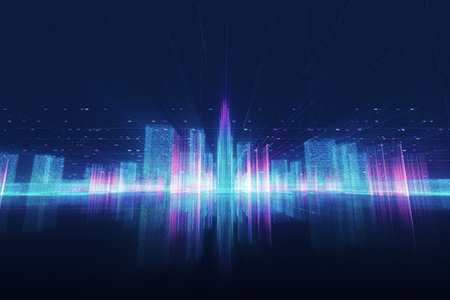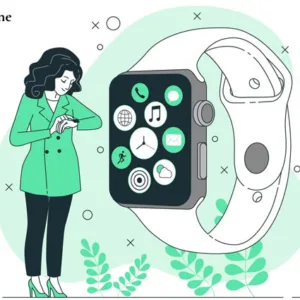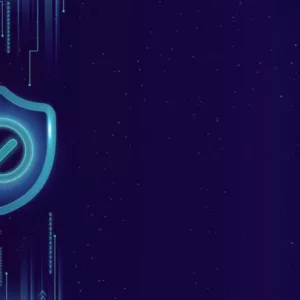The world of surgeries is about to change forever with the integration of 3D holographic technology. Just recently, the FDA cleared a system that creates an accurate 3D hologram of patients. This will help surgeons all over the world get a better understanding to interact with the patient’s anatomy and perform better procedures.
The company RealView is offering imaging Holoscope-I assembles the hologram from CT and 3D ultrasound scans and projects the from a device suspended over the surgeon’s head. This allows the user to manipulate the 3D Images with their hands, without having to wear 3D glasses or bulky VR glasses.
Surgeons can rotate the image for a 360-degree view and quickly measure the distance between two points. This functionality makes it easier for the surgeons to understand the size and placement of a new heart valve or chart a course through a patient’s blood vessels without causing any damage.
Now with a 501(k) clearance, the technology will focus on the commercial rollout of what it describes as “science-fiction solutions for the surgical world”. The company also plans to expand its reach to Europe and other countries to help other countries
What is Hologram Technology?
Holograms are basically 3-dimensional images created by the interference of lights. These holograms cover real-life physical objects. 3D holograms contain depth, instead of a flat image, you can see how objects look in real-time. 3D holograms are great for presenting complex images and technical concepts as well as showcasing visually appealing products.
So, what is a hologram? Basically, holograms are 3 dimensional that is generated by interfering beams of light that reflect real physical objects. Unlike ordinary 3D projections, holograms can be seen without needing 3D glasses or VR glasses.
There are two ways to create holograms via computer with augmented reality glasses, and physical for optical displays. Depending on which method you use, there are two types of holograms:
- Stereotypical holograms
- Realistic
What are Some Common Use Cases of 3D Holograms?
Holographic technology is used for a number of use cases, and they serve tons of purposes. The list below includes some of the most famous examples:
1. Telecommunications
In 2017, Verizon (USA) and Korea Telecom (South Korea) made the first-ever holographic call using 5G technology. To make the call possible, two holograms were formed. Both of these holograms were capable of conveying the user’s emotions and gestures. If the technologies support it, then the telecommunication industry can utilize emotions.
2. Education
In 2015, the Noble laureate and professor of physics at Stanford University, Karl Wieman, spoke at Nanyang Technological University (Singapore) without even leaving the United States. Other 3D Holographic technologies make it possible to provide a better level of education to students. Technologies such as 3D holographic tables, walls, and other solutions can enhance the level of education for students.
3. Spatial Navigation
In 2017, scientists from the Munich University of Technology developed a method for obtaining 3D Holograms by leveraging a WiFi Router. This method described in the study allows for creating copies of premises by displaying objects around them. You can use this technology to find and rescue victims trapped under an avalanche or those under collapsed buildings.
4. Marketing and Direct Sales
The marketing industry can leverage 3D holograms to interact with consumers in a brand-new way. With the help of a hologram, you can enlarge a 3D copy of a product and make it viewable from all sides. Some companies globally already are using a series of 3D holographic technologies to entice their customers.
In 2017, Barbie presented a holographic robotic doll that responds to voice commands. The toy was able to respond to questions when asked about the weather and discuss topics.
5. Music Shows
A lot of music shows and concerts have been leveraging 3D holographic technology to make the shows more enticing. The performance of the French DJ was accompanied by impressive laser shows. At the end of the evening, over 300 lasers formed a volumetric hologram of the DJ’s head. From then on, several DJ’s shows were always accompanied by the use of holograms to create a brilliant experience for all those present.
Future of Holographic Technology
The future of holographic technology is bright (pun intended). The technology can see huge growth with the hint of AI. The increasing demand for 3D technology will boost the competition in the industry and will give birth to innovative 3D holographic solutions.





